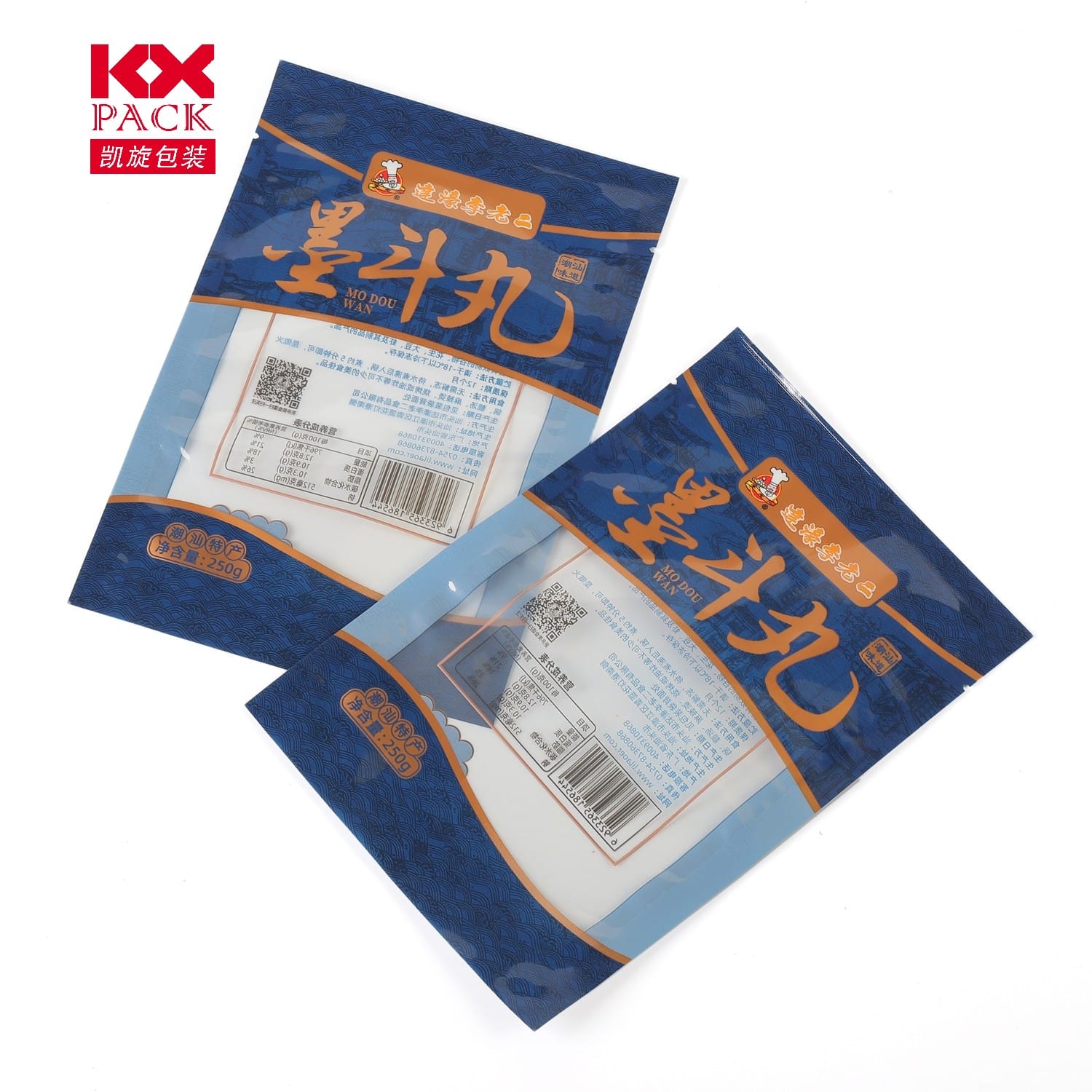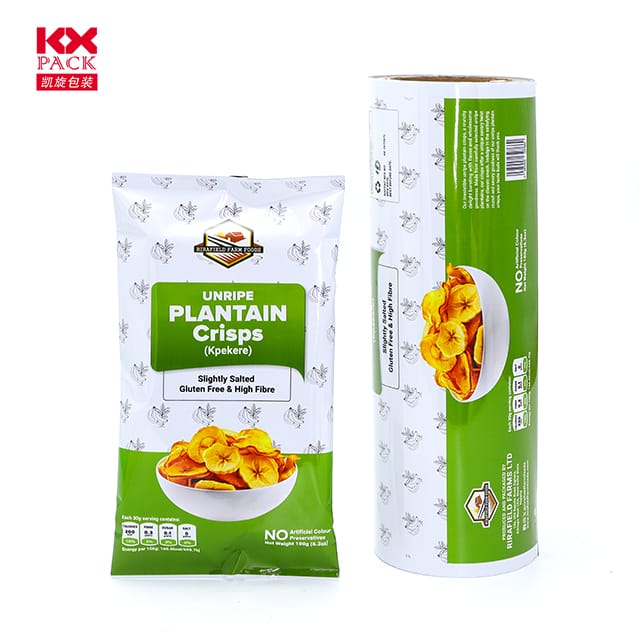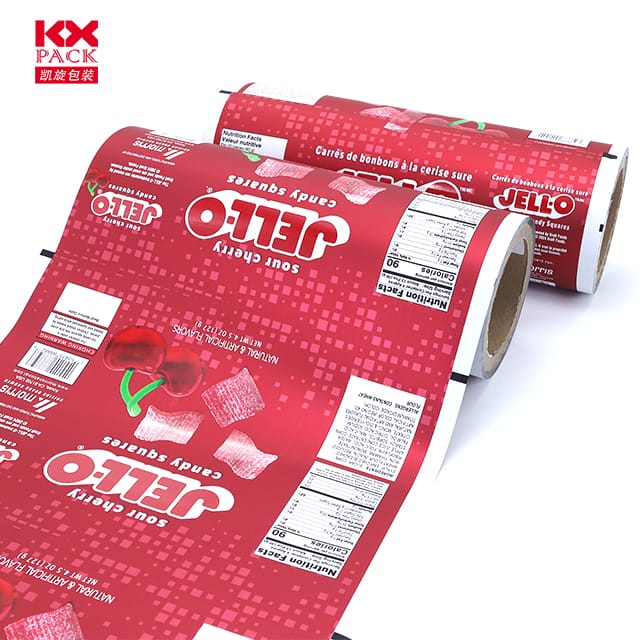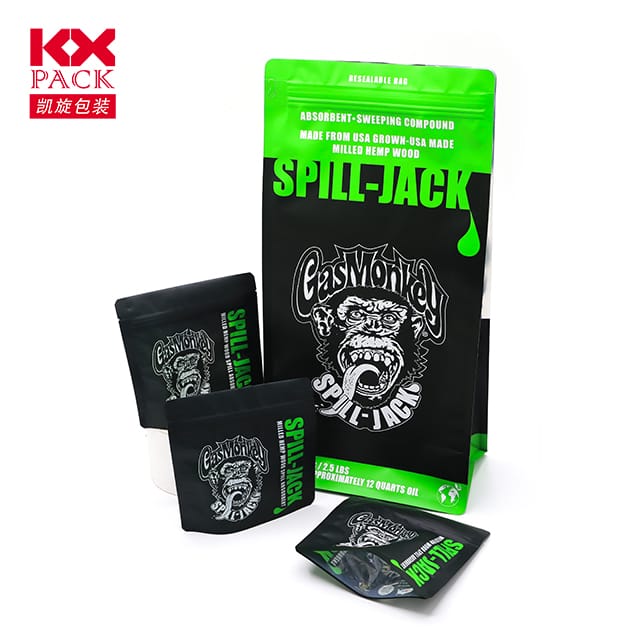Film plastique en emballage de nourriture: Commodité vs. Durabilité - ce que vous devez savoir (7)
Wrapping Plastic Film
From wrapping leftovers to preserving freshness, Film plastique en emballage de nourriture (communément connu sous le nom de film alimentaire, pellicule plastique, ou saran enveloppe) est un aliment de base dans le monde entier. Son extensible, transparent, et les propriétés hermétiques en font une solution incontournable pour réduire les déchets alimentaires et garder les repas frais. Mais à mesure que les préoccupations environnementales augmentent, Beaucoup interrogent: Is this convenience worth the cost to the planet? Let’s explore the pros, cons, et des alternatives écologiques.
The Benefits of Plastic Food Wrap
- Food Preservation
Wrapping Plastic Film creates a barrier against oxygen, humidité, et contaminants, extending the shelf life of perishables like fruits, légumes, and meats. This helps households cut down on food waste—a critical issue given that roughly one-third of all food produced globally is lost or wasted. - Versatilité
It molds to any shape, whether you’re covering a bowl, wrapping a sandwich, or storing half an avocado. Its transparency also lets you see what’s inside without unwrapping. - Hygiene and Safety
When used correctly, Wrapping Plastic Film prevents cross-contamination between foods and keeps surfaces clean. - Affordability
Compared to reusable alternatives, single-use plastic wrap is often cheaper upfront, making it accessible for budget-conscious households.
The Environmental Downside
Despite its perks, traditional plastic food wrap poses significant challenges:
- Non-Biodegradable: Most Wrapping Plastic Film are made from polyethylene (PE), a material that takes hundreds of years to decompose.
- Microplastic Pollution: When broken down, tiny plastic particles enter soil, waterways, and even our food chain.(Wrapping Plastic Film)
- Recycling Challenges: Many curbside recycling programs don’t accept plastic wrap due to contamination risks. Even “recyclable” films often end up in landfills.
- Resource Intensive: Producing plastic film relies on fossil fuels, contributing to carbon emissions.(Wrapping Plastic Film)
Eco-Friendly Alternatives to Plastic Food Wrap
The good news? Sustainable options are growing in popularity and effectiveness:
- Enveloppes de cire d'abeille
Made from cotton coated in beeswax, huile de jojoba, et résine d'arbre, these reusable wraps are pliable, breathable, and compostable after months of use. - Silicone Food Covers
Durable and airtight, silicone lids stretch over bowls or containers and can withstand high temperatures (great for reheating!). - Reusable Fabric Covers
Cotton or linen wraps with waterproof linings offer a washable, plastic-free solution for covering dishes.(Wrapping Plastic Film) - Rénits en verre ou en acier inoxydable
Investing in airtight containers eliminates the need for wrap altogether and keeps food fresher longer. - Films comestibles
Innovations like seaweed-based wraps or starch-based coatings are biodegradable and even edible (though still niche).
How to Make Smarter Choices
- Réduire l'utilisation: Only use plastic wrap when absolutely necessary (Par exemple, for raw meat). Opt for reusable options first.
- Check Labels: Look for “biodegradable” or “compostable” films made from plant-based materials like PLA (acide polylactique).
- Recycler correctement: If using plastic wrap, clean it thoroughly and check local guidelines for drop-off locations (some grocery stores accept it).
- Advocate for Change: Support brands prioritizing sustainable packaging and policies that reduce single-use plastics.
The Bottom Line
While plastic food wrap offers undeniable convenience, its environmental impact is hard to ignore. By embracing reusable alternatives and reducing reliance on single-use plastics, we can protect our planet without sacrificing freshness. Small swaps in the kitchen add up to big changes for the Earth.
What’s your go-to method for keeping food fresh? Share your tips or favorite eco-friendly hacks in the comments below!
Mots clés: Film plastique en emballage de nourriture, sustainable food storage, plastic wrap alternatives, cuisine écologique, reducing food waste.







